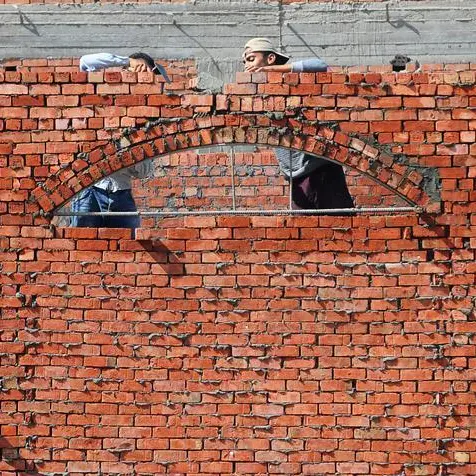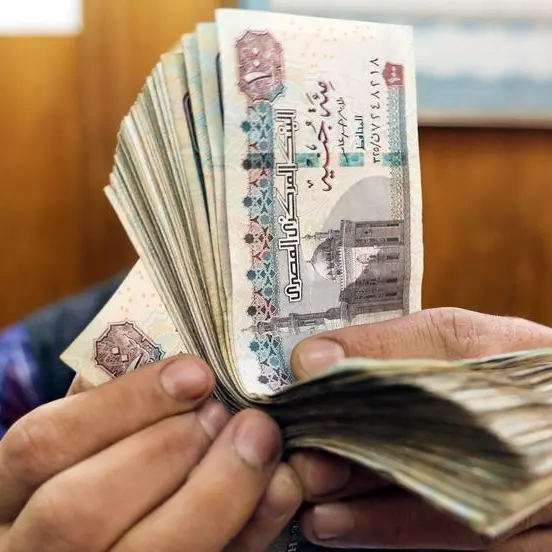The Paris Agreement may be healthier than initial signs suggest. Despite reports showing nearly all signatory countries falling behind on their commitments, and the Intergovernmental Panel on climate change now warning that the impact of global warming could be even more severe than previously thought, it should be remembered that the Paris Agreement has not yet come into force and its more diverse, cooperative approach remains the best way forward.
The Paris Agreement of 2015 was designed to overcome the difficulties of earlier COP annual climate change conferences by allowing each country to find its own path to contributing to the goal of keeping the global mean surface temperature below 2°C above the pre-industrial mean and, if possible, to limit the increase to 1.5°C.
An earlier approach of attempting to negotiate a sweeping plan of action to which all countries would be legally bound ended in acrimony at Copenhagen in 2009.
Signatories reported behind on commitments
However, the early signs are that many more signatories to the Paris Agreement are falling behind on their stated commitments than are meeting them.
A Climate Action Tracker report released in June this year highlighted serious deficiencies for most of the world’s leading emitters, and said others are only meeting their stated commitments because they set them so low in the first place.
Only two countries, Morocco and The Gambia, are on target to meet the Paris Agreement’s 1.5C goal. At the other end of the scale, the United States, which is set to leave the agreement in 2020, as well as Russia, Saudi Arabia, Turkey and Ukraine, are described in the report as “critically insufficient”.
As a result, there is increasing concern that not enough is being done to avert climate catastrophe. Climate activism is once again on the rise, this time in the form of global schoolchild protests and campaigns of civil disruption from movements such as Extinction Rebellion.
The calls for more drastic action are getting louder, and the danger is that the world is panicked into losing sight of the cooperative solution proposed at Paris and veers back towards the more centralised, one-size-fits-all approach of Copenhagen.
Truer picture in 2020
Although it may look to some like the Paris Agreement is not working, the fact remains that it only comes into force in 2020.
Its signatories have yet to submit formal progress reports and the rules based on these reports have yet to be finalised. Last year’s climate change conference, COP 24 in Katowice, Poland, thrashed out how to account for and record each nation’s greenhouse gas emissions, a method which will form the basis of a common climate action rulebook.
This year’s conference, in Santiago, Chile, will seek to raise countries’ ambitions. We will have to wait for 2020’s critical COP26 conference, likely in the United Kingdom, for a truer picture of the Paris Agreement’s effectiveness and a clearer vision of the road ahead.
Still, in the meantime we remain in choppy waters. The inadequate and disparate contributions so far being noted by Climate Change Tracker threaten to cause rifts between countries if they are not significantly addressed by COP26, and rising anger from their environmentally aware citizens.
Already, Katowice ended in one unresolved dispute concerning carbon credits for Brazil, which pushed for an amendment that would recognise the contribution of its large rainforest cover to absorbing greenhouse gases, and in another regarding whether, Turkey ought to be classed as a developing or developed country, meaning that settling on parts of the Paris rulebook have been put off to COP25 in November.
Efforts need to be stepped up before 2020
The danger is that too many such setbacks lead to an abandonment of the cooperative spirit of Paris and sends us back to the more centralised approach of Copenhagen.
This would present its own problems. Not only is it immensely difficult to prescribe rules that would work for such a diversity of nations and economies, but measures that hit people’s pockets such as fuel taxes can lead to their own political difficulties, as seen with the gilets jaunes movement in France.
It therefore remains equally essential that signatories to the Paris Agreement step up their efforts ahead of 2020. Climate action until then needs to be seen to be proactive enough that people feel assured that enough is being done.
All nations need in the meantime to step up their efforts, to be more ambitious in their goals, and to be honest and transparent in their climate policies. When the time comes, each country’s viewpoint needs to be listened to carefully and taken into consideration before any common course of action is decided upon, although, ultimately each country must have sufficient leeway to advance its own needs.
We also need to focus as much as possible on advancing technological solutions in terms of funding for research and regulatory nudges in that direction, despite the uncertainty of this approach, rather than through overly punitive measures such as high taxes on carbon, fuel and plastics that inevitably falls hardest on the poorest, who can least afford the taxes.
Like the cooperative nature of the Paris Agreement, where each country combats climate change in its own way, this approach may seem too vague and uncertain, but it remains the best way forward.
Before COP25 in Santiago, the efforts of countries to meet the United Nations Sustainable Development Goals including clean energy will be discussed at the World Green Economy Summit (WGES) on October 20-21 at Dubai International Convention and Exhibition Centre.
* Any opinions expressed in this article are the author’s own
Disclaimer: This article is provided for informational purposes only. The content does not provide tax, legal or investment advice or opinion regarding the suitability, value or profitability of any particular security, portfolio or investment strategy. Read our full disclaimer policy here.
© Opinion 2019












